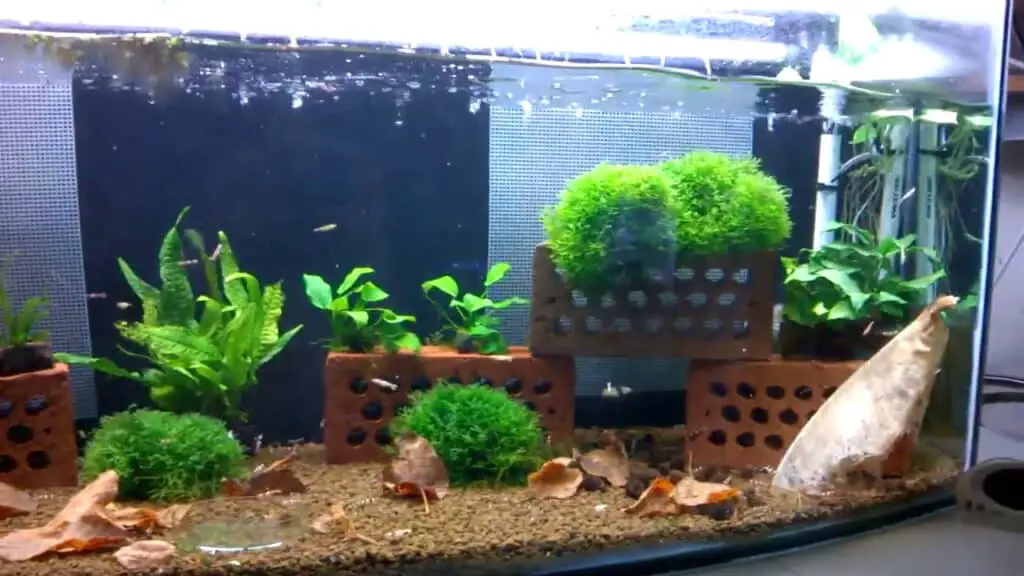Discover the art of caring for and breeding Blue Bolt Taiwan Bee shrimp . Learn the ideal water parameters, feeding habits, and breeding techniques to keep these stunning shrimp thriving in your shrimp tank.
. Learn the ideal water parameters, feeding habits, and breeding techniques to keep these stunning shrimp thriving in your shrimp tank.
Common Name: Blue Bolt shrimp
| Parameter | Value |
|---|---|
| Water Temperature | 68-78°F (20-26°C) |
| pH | 6.0-6.8 |
| General Hardness | 4-6 dGH |
| Carbonate Hardness | 0-1 dKH |
| Total Dissolved Solids | 90-150 ppm |
Introduction to Blue Bolt Taiwan Bee Shrimp
Blue Bolt Taiwan Bee shrimp (Caridina cf. cantonensis) are an exquisite variety of freshwater dwarf shrimp prized for their vivid blue and white coloration. Originating from Taiwan, these dwarf shrimp have gained immense popularity among aquarists due to their captivating appearance and fascinating breeding possibilities.
prized for their vivid blue and white coloration. Originating from Taiwan, these dwarf shrimp have gained immense popularity among aquarists due to their captivating appearance and fascinating breeding possibilities.
As a selectively bred variant of the Caridina cantonensis species, Blue Bolt shrimp. Providing them with the right environment, water parameters, and nutrition is crucial to ensure their well-being and to promote successful breeding.
While their care may seem intimidating at first, with proper research and attention to detail, both novice and experienced aquarists can enjoy the rewarding experience of keeping and breeding these enchanting creatures. In this article, we will guide you through the essentials of Blue Bolt Taiwan Bee shrimp care, their ideal habitat, breeding techniques, and much more to help you create a thriving and vibrant shrimp community in your aquarium.

Setting up a basic tank for blue bolt Taiwan bee shrimp
Here’s what I suggest:
Firstly, it’s important to select an appropriate tank size for your shrimp. I recommend a minimum of 10 gallons for a small colony of blue bolt Taiwan bee shrimp .
.
For the substrate, I recommend using an active soil like akadama. This type of soil helps to maintain stable water parameters and provides important minerals and nutrients for plant growth. Make sure to rinse the substrate thoroughly before adding it to the tank.
Next, I recommend using RO water with a buffer to create the ideal water conditions for your blue bolt shrimp . This means using a reverse osmosis
. This means using a reverse osmosis (RO) filter to remove impurities from the water, and then adding a buffer to adjust the pH and hardness levels to suit the needs of your shrimp.
(RO) filter to remove impurities from the water, and then adding a buffer to adjust the pH and hardness levels to suit the needs of your shrimp.
Adding plants to the tank is also beneficial for your shrimp, as it provides them with places to hide, graze, and feel secure. Hornwort is a great choice, as it is hardy and easy to care for. Adding a piece of wood to the tank can also provide additional hiding places and surfaces for biofilm growth.
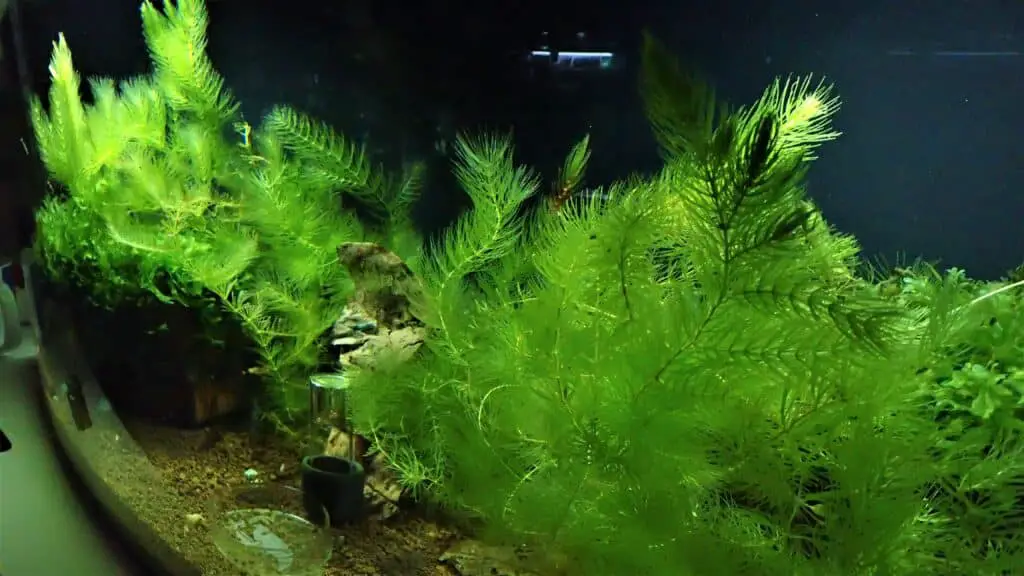
Filtration is an important aspect of setting up a tank for blue bolt shrimp . I recommend using a sponge filter, as it provides gentle and effective filtration without creating strong water currents that can stress out your shrimp. You can also add in hang-on-back filters or an undergravel filter if you prefer, but be mindful not to create too much water flow in the tank.
. I recommend using a sponge filter, as it provides gentle and effective filtration without creating strong water currents that can stress out your shrimp. You can also add in hang-on-back filters or an undergravel filter if you prefer, but be mindful not to create too much water flow in the tank.
The more filtration you have, the cleaner your water will be, but it’s important to strike a balance. A sponge filter is a great choice because it provides both mechanical and biological filtration, and it’s easy to clean and maintain. You can also add additional sponge filters to your tank for extra filtration, especially if you have a larger tank or a larger colony of shrimp.
is a great choice because it provides both mechanical and biological filtration, and it’s easy to clean and maintain. You can also add additional sponge filters to your tank for extra filtration, especially if you have a larger tank or a larger colony of shrimp.
Remember to clean your filter regularly to keep it functioning properly and to avoid any build-up of harmful compounds. By providing sufficient filtration in your tank, you can create a healthy and stable environment for your blue bolt shrimp to thrive in.
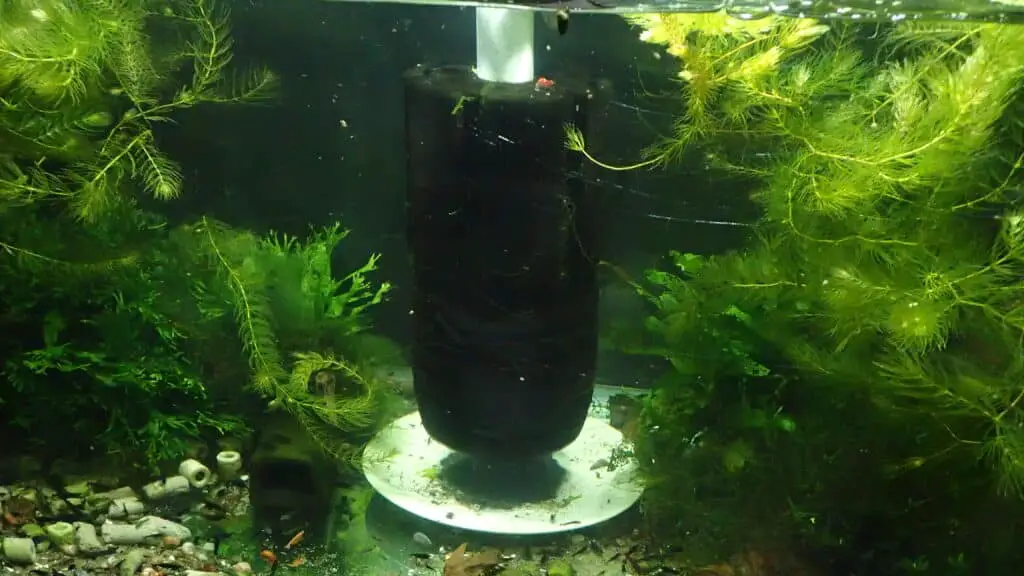
It’s important to cycle the tank before adding your shrimp. This means establishing beneficial bacteria in the filter media and substrate that will help to break down harmful ammonia and nitrite compounds. You can do this by adding a source of ammonia to the tank (like fish food
and substrate that will help to break down harmful ammonia and nitrite compounds. You can do this by adding a source of ammonia to the tank (like fish food or pure ammonia) and allowing it to break down over a period of several weeks. Alternatively, you can “ghost feed” the tank by adding small amounts of fish food each day to simulate the waste produced by fish. Once you see signs of life in the form of small snails and other microorganisms on the glass, it is usually safe to add your shrimp.
or pure ammonia) and allowing it to break down over a period of several weeks. Alternatively, you can “ghost feed” the tank by adding small amounts of fish food each day to simulate the waste produced by fish. Once you see signs of life in the form of small snails and other microorganisms on the glass, it is usually safe to add your shrimp.
When adding your shrimp, it’s important to drip acclimate them to their new environment to minimize stress and increase their chances of survival.
Blue Bolt Water Changes
To maintain stable water parameters and minimize stress on your shrimp , it’s best to keep water changes to a minimum. I recommend changing 10% water every 3-4 weeks, and using pure RO water with a buffer to top up the tanks between changes. Keep the total dissolved solids (TDS) of your water at around 150-200 ppm.
, it’s best to keep water changes to a minimum. I recommend changing 10% water every 3-4 weeks, and using pure RO water with a buffer to top up the tanks between changes. Keep the total dissolved solids (TDS) of your water at around 150-200 ppm.
To prepare the RO water, I suggest using a product like Seachem Safe to add extra protection for your shrimp. I use 0.2 grams of Seachem Safe to 40-liter RO water to ensure that the water is safe and free from any harmful compounds.
I then use a special buffer called Salty mineral gh+ , I add 1.5 grams of powder for every 10 liters of new reverse osmosis water made.
, I add 1.5 grams of powder for every 10 liters of new reverse osmosis water made.
After you have prepared your water, let it sit for a day to degas and reach room temperature. You can use an airline in each container to create water movement and ensure that the water is well-oxygenated.
in each container to create water movement and ensure that the water is well-oxygenated.
When it’s time for a water change, use an airline tube and a control valve to drip the new water back into the tank at a rate of 2-3 drips per second. This slow and steady approach will help to acclimate your shrimp to the new water conditions and minimize stress.
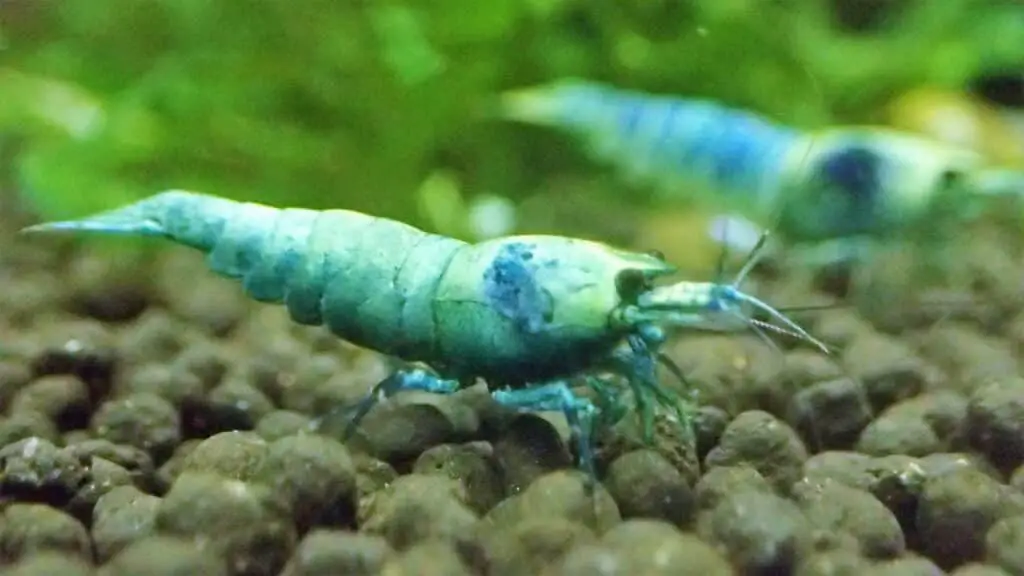
Feeding Your shrimp
As a rule of thumb, it’s important to feed your shrimp in moderation and to remove any uneaten food after 2 hours. This helps to maintain water quality and prevent any build-up of harmful compounds in the tank.
in moderation and to remove any uneaten food after 2 hours. This helps to maintain water quality and prevent any build-up of harmful compounds in the tank.
When it comes to feeding, the frequency will depend on the number of shrimp in your tank. As a general guideline, you should feed 10 shrimp once a week if that’s all you have in your tank. If you have 20 shrimp, you can feed them every 2-3 days, and if you have 50 or more shrimp, you should feed them every 1-2 days. If you have even more shrimp than this, you may need to feed them every day.
It’s important to feed your shrimp a varied diet to ensure that they receive all the necessary nutrients for their health and well-being. You can feed them a combination of high-quality shrimp pellets, algae wafers, and blanched vegetables like spinach, zucchini, or cucumber. You can also provide them with live or frozen foods like brine shrimp , daphnia, or bloodworms as a treat.
, daphnia, or bloodworms as a treat.
Remember to remove any uneaten food from the tank after 2 hours to prevent it from decomposing and affecting the water quality. Overfeeding can lead to an accumulation of waste and cause ammonia and nitrate spikes, which can be harmful to your shrimp. By feeding your blue bolt Taiwan bee shrimp in moderation and removing any uneaten food promptly, you can help to create a healthy and thriving environment for your shrimp.
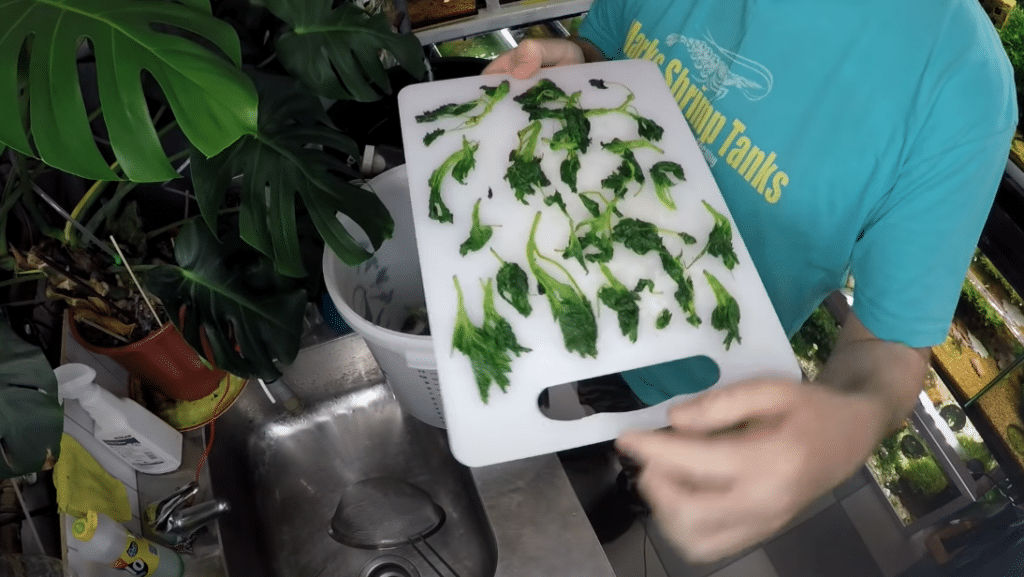
Aside from the food that you feed directly to your shrimp, there are other sources of nutrition in the tank that your shrimp can benefit from. These include biofilm, leaf litter , wood, decaying material, and algae.
, wood, decaying material, and algae.
Biofilm is a natural and important source of food for your shrimp. It’s a thin, slimy layer that forms on surfaces in the tank, such as the glass, substrate, and decorations. Biofilm is made up of a mixture of bacteria, algae, and other microorganisms, and it provides a variety of nutrients that your shrimp can graze on. To encourage biofilm growth, you can avoid cleaning the tank too frequently and refrain from using harsh chemicals that can kill beneficial bacteria.
Leaf litter and wood also provide a natural source of food for your shrimp. These materials break down over time, releasing important nutrients and providing surfaces for biofilm growth. You can add dried leaves and small pieces of wood to your tank to create a natural environment for your shrimp to graze on.
Decaying material is another source of nutrition for your shrimp, but it’s important to be careful with how much you add to your tank. Too much decaying material can lead to a build-up of harmful compounds in the water and create poor water quality.
Algae is another food source that your shrimp can benefit from. While too much algae can create an unsightly appearance in the tank, a small amount can provide important nutrients for your shrimp.

Feeding Young Taiwan Bee
Feeding young blue bolt shrimp is important for their growth and development. However, it’s important to be careful when feeding them, as it’s very easy to pollute a softwater tank due to the lower levels of beneficial bacteria in the filtration.
levels of beneficial bacteria in the filtration.
One type of food that you can feed young shrimp is specialized bacteria or biofilm-based foods. These products are designed to promote the growth of beneficial bacteria and other microorganisms in the tank, which can provide a nutritious food source for your shrimp.
Pollen is another food source that you can offer your young shrimp. It contains important vitamins and minerals that are beneficial for growth and development. Crushed goldfish flakes can also be fed to young shrimp, but be sure to use them sparingly to avoid overfeeding and polluting the tank.
Young blue bolt shrimps also love to eat blanched nettles. Nettles are high in nutrients and are a great source of food for your shrimp, especially for young shrimp who are still developing. To prepare nettles for your shrimp, blanch them in boiling water for a few seconds to soften them, then rinse them under cold water to stop the cooking process. You can then feed them to your shrimp as a nutritious and delicious treat. Be sure to remove any uneaten nettles after a few hours to prevent them from decomposing and affecting the water quality.
blanched nettles. Nettles are high in nutrients and are a great source of food for your shrimp, especially for young shrimp who are still developing. To prepare nettles for your shrimp, blanch them in boiling water for a few seconds to soften them, then rinse them under cold water to stop the cooking process. You can then feed them to your shrimp as a nutritious and delicious treat. Be sure to remove any uneaten nettles after a few hours to prevent them from decomposing and affecting the water quality.
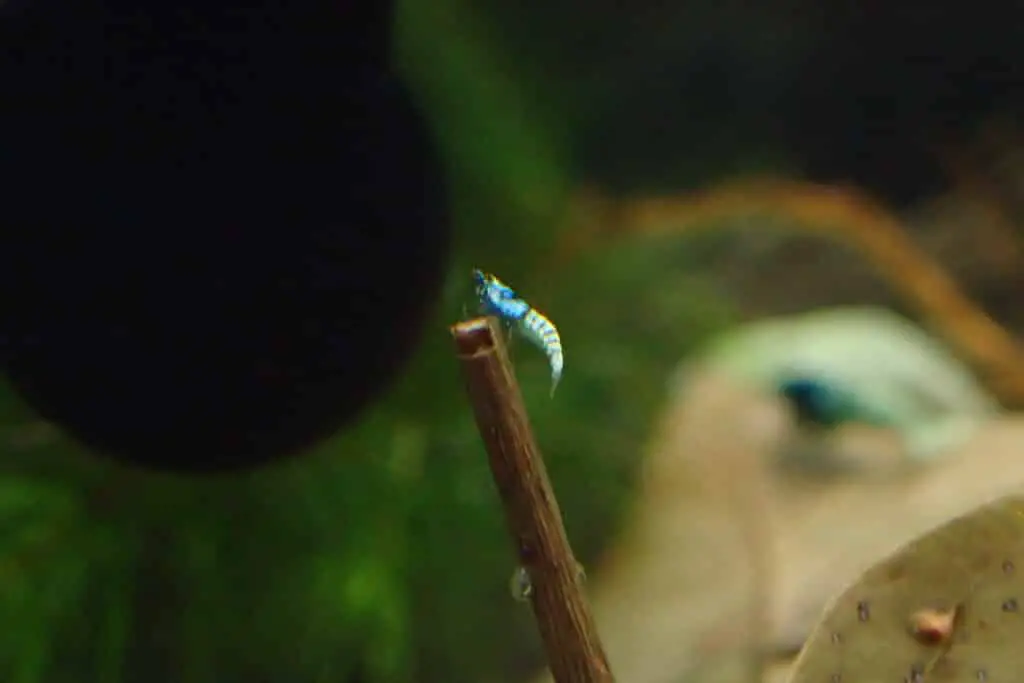
Keeping blue bolt shrimp happy
Keeping blue bolt Taiwan bee shrimp happy is a culmination of all the above topics, including tank setup, water quality, and feeding.
However, one thing we haven’t mentioned yet is when to change the active soil in your tank. Active soils have a limited lifespan, and if you’re serious about breeding a lot of shrimp, I would recommend changing the soil every year. The reason for this is that active soil can only clean the water and lower the pH of the water for a certain amount of time before its CEC ability becomes depleted.
Changing the soil regularly can help to ensure that your water parameters remain stable and that your shrimp are healthy and happy.
Another piece of advice I would give you is to have a main breeding tank and a grow-out tank. The best way to describe this is if you have too many cows in a field, eventually, the field runs out of grass.
In the shrimp world, this means less food for the young shrimp, which can stunt their growth. By having a separate grow-out tank, you can ensure that your young shrimp have access to plenty of food and space to grow and develop.
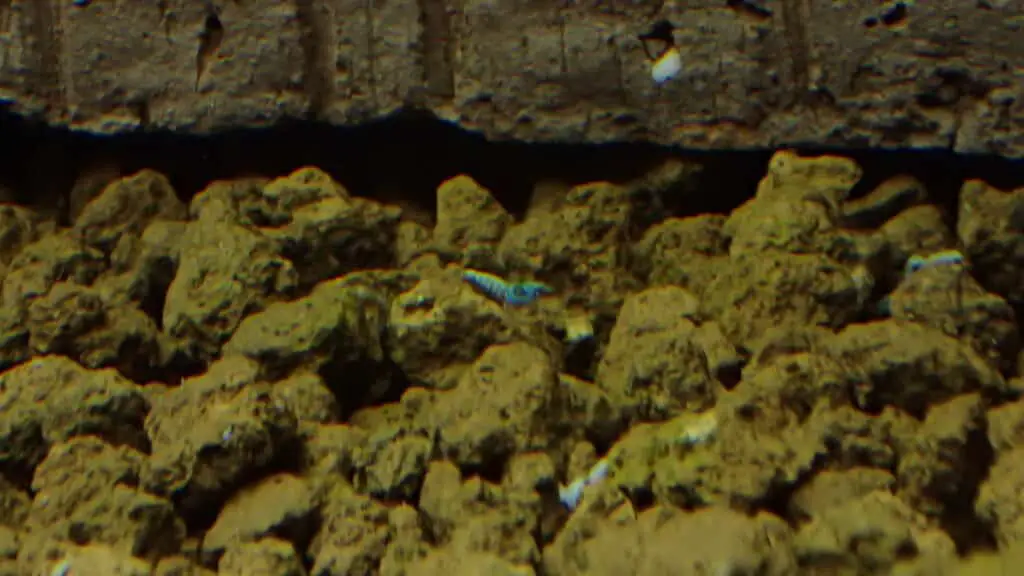
Söchting Oxydator
Söchting Oxydators are a device that helps to increase the oxygen levels in your tank by generating pure oxygen gas through a chemical reaction. This device can be especially beneficial for shrimp tanks, as shrimp are sensitive to poor water quality and can be negatively affected by high levels of pollutants and contaminants.
are a device that helps to increase the oxygen levels in your tank by generating pure oxygen gas through a chemical reaction. This device can be especially beneficial for shrimp tanks, as shrimp are sensitive to poor water quality and can be negatively affected by high levels of pollutants and contaminants.
The Söchting Oxydator works by utilizing a catalyzed reaction between hydrogen peroxide and a catalyst material that generates pure oxygen gas. This gas is then released into the water, which helps to increase the oxygen levels in your tank and improve water quality.
One of the benefits of using the Söchting Oxydator is that it helps to reduce the amount of organic waste in your tank by increasing the rate of decomposition. This can help to prevent the buildup of harmful pollutants and impurities that can be harmful to your shrimp.
Additionally, the Söchting Oxydator can help to improve the overall health and vitality of your shrimp by providing a consistent source of pure oxygen. Many shrimp keepers report increased shrimp survival rates and breeding success when using this device.
It’s important to note that the Söchting Oxydator should be used in conjunction with regular water changes and monitoring to ensure optimal water quality. By incorporating this device into your tank maintenance routine, you can help to create a thriving and healthy environment for your blue bolt Taiwan bee shrimp.
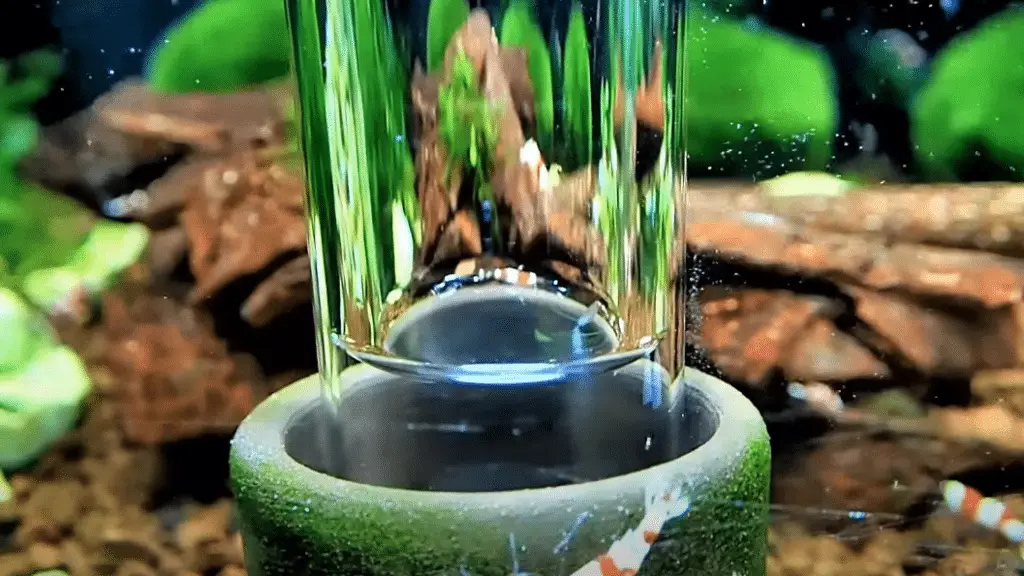
Summary and key points
To create a healthy and thriving environment for your blue bolt Taiwan bees, it’s important to start with a basic tank setup that includes an active soil like akadama, sponge filtration, and plants like hornwort and wood. The preferred water source for Taiwan bee shrimp is RO water with a buffer, and water changes should be kept to a minimum to avoid stressing your shrimp.
When it comes to feeding your blue bolt Taiwan bee shrimp, it’s important to feed them in moderation and to remove any uneaten food after 2 hours. Young blue bolts can also benefit from specialized bacteria or biofilm-based foods, pollen, crushed goldfish flakes, and blanched nettles.
To keep your blue bolt Taiwan bee shrimp happy, it’s important to change the active soil in your tank every year, and to have a main breeding tank and a separate grow-out tank to ensure that your young shrimp have enough food and space to grow. By providing a stable environment with clean water, a healthy diet, and an appropriate tank setup, you can help to keep your blue bolt shrimp happy and thriving.
It’s important to note that care for all Taiwan bee shrimp and bee shrimp like Crystal Red Shrimp is the same, so don’t be surprised if you see similar information on other Taiwan bee shrimp posts in the future.
is the same, so don’t be surprised if you see similar information on other Taiwan bee shrimp posts in the future.
Happy Shrimp Keeping!
FAQ section on blue bolt Taiwan bee shrimp.
Q: What are blue bolt Taiwan bee shrimp? A: Blue bolt Taiwan bee shrimp are a color variation of the Caridina mariae x Caridina Cantonese cross-species of freshwater shrimp native to Taiwan. They are highly sought after in the aquarium hobby for their striking blue coloration and unique markings.
x Caridina Cantonese cross-species of freshwater shrimp native to Taiwan. They are highly sought after in the aquarium hobby for their striking blue coloration and unique markings.
Q: What is the ideal tank setup for blue bolt Taiwan bee shrimp? A: The ideal tank setup for blue bolt Taiwan bee shrimp includes an active soil like akadama, sponge filtration, and plants like hornwort and wood. The preferred water source for Taiwan bee shrimp is RO water with a buffer, and water changes should be kept to a minimum to avoid stressing your shrimp.
shrimp? A: The ideal tank setup for blue bolt Taiwan bee shrimp includes an active soil like akadama, sponge filtration, and plants like hornwort and wood. The preferred water source for Taiwan bee shrimp is RO water with a buffer, and water changes should be kept to a minimum to avoid stressing your shrimp.
Q: What should I feed my blue bolt Taiwan bee shrimp? A: Blue bolt Taiwan bee shrimp can be fed a variety of specialized foods, including bacteria or biofilm-based foods, pollen, crushed goldfish flakes, and blanched nettles. It’s important to feed them in moderation and to remove any uneaten food after 2 hours.
Q: How often should I change the active soil in my tank? A: Active soils have a limited lifespan, and if you’re serious about breeding a lot of shrimp, it’s recommended to change the soil every year to ensure that your water parameters remain stable and that your shrimp are healthy and happy.
Q: How do I keep my blue bolt Taiwan bee shrimp happy and healthy? A: To keep your blue bolt Taiwan bee shrimp happy and healthy, it’s important to provide a stable environment with clean water, appropriate tank setup, and a healthy diet. Regular monitoring of water quality and adjusting feeding routines accordingly is also important. Additionally, using a Scorching Oxydator or Söchting Oxydator can be a valuable tool in improving water quality and promoting the health and survival of your blue bolt Taiwan bee shrimp.
shrimp.
Q: Can I keep blue bolt Taiwan bee shrimp with other shrimp species? A: It’s generally not recommended to keep blue bolt Taiwan bee shrimp with other shrimp species, as they require specific water parameters and may not get along with other species. It’s best to keep them in a species-only tank.
Q: Can blue bolt Taiwan bee shrimp be bred in captivity? A: Yes, blue bolt Taiwan bee shrimp can be bred in captivity. However, it’s important to maintain stable water parameters and to have a separate grow-out tank for young shrimp to ensure that they have enough food and space to grow.
Q: Where can I purchase blue bolt Taiwan bee shrimp? A: Blue bolt Taiwan bee shrimp can be purchased from reputable aquarium stores or online retailers. However, it’s important to ensure that you’re purchasing from a reputable source to avoid receiving low-quality or improperly bred shrimp.

